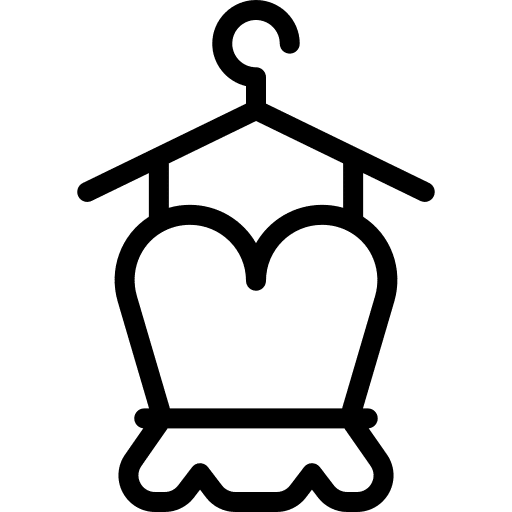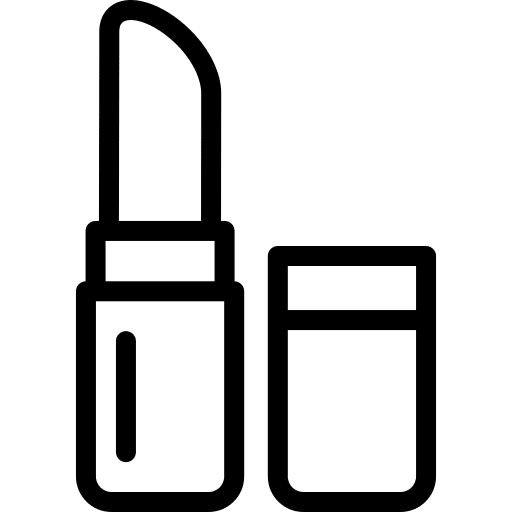Even though mobile has surpassed desktop in the total internet usage, we still see some hesitance in the full fledged adaptation of apps.
An app locks in your customers, meaning no more (or less) browsing Google for your products, but going directly to your app and away from your competitor (which also lowers your SEA spending). Not to mention a smooth experience where customers don’t have to enter their payment data every time they visit and can enjoy an intuitive shopping experience on-the-go.
Not only that, but apps blow desktop and mobile sites out of the water when it comes to cart abandonment rates (only 20% Vs. 86% on mobile sites and 68% on desktop!!).
Convinced yet? Well, even though apps are awesome, they can always be better. So here are 7 ways you can tweak your app (strategies) to enhance your sales:
1. Product discovery
Us humans have a natural attraction to the unknown. Peak your customers' interest with new products and/or a highlight on existing products. Apart from driving traffic to the product page (and hopefully additional sales), you automatically drive traffic to your app to get them shopping once more.
Utilize Push Messaging with this ‘two-birds-with-one-stone’-method, to actively direct your customers towards their next purchase.
2. FOMO
Fear Of Missing Out is a powerful tool to utilize in your app marketing. Create categories in your app with exclusive offers, highlight products that have limited stock as (i.e. a category named ‘Selling Fast’, or something to that extent) and/or create new campaigns periodically highlighting different aspects of your product portfolio.
You don’t necessarily need to wait for new products to create new campaigns, most customers don’t know your entire product offering anyway.
Use your Push Messaging to alert customers of products going out of stock (‘buy now, before it’s too late), limited offers and/or special sales (preferably in-app, via a specialized coupon).
Another great category name is ‘Trending’, because it adds the subtle context of social proof (implying a lot of people want/like these items).
3. Mobile Specific Campaigns
As we just mentioned, using coupons that only work within the app is a great way to incentivize customers towards buying mobile. This strategy allows you to create app-only sales, which can be utilized in countless ways.
Perhaps you have done a pre-sale already, where you offer app users early access to the upcoming sale via mobile. This strategy has proved to work wonders around those sweet eCommerce highlights like Black Friday, Cyber Monday and Christmas, but can also help you to bolster the importance of ‘regular’ sales.
Imagine a regular month (for example February, or the start of spring). You can create your own ‘Black Friday’-period by having an awesome sale. Announce it to the world and also offer exclusive early access via mobile (or an additional discount for mobile users) to highlight how serious this sale is. Combine the strengths of your Email-, Push Messaging- and Social Media Marketing to create a big splash.
You’ll be surprised to find that you don’t have to wait for the last quarter to make a killing in eCommerce.
4. Homepage Design
Now let’s get into a more technical conversion booster. Your homepage is the jump-off point for a lot of mobile customers. They open the app and you now have the opportunity to send them to your most efficiént conversion page. The way to do this is to optimize your homepage navigation towards where you want them to go.
First, for the number-crunching fans, some insights on mobile use:
● 75% of mobile users touch the screen with one thumb
● Less than 50% use only one hand
● Only 10% hold their device with one hand and interact with the other
● 36% cradle their phones using the second hand for better stability.
So basically, you want to tweak your homepage based on the navigation trends of users. The below image shows you where the sweet spots are:

As you can see the top of the homepage is hardest to reach, so use this part for branding, slideshows and other items that don’t necessarily need to be accessed, but could if the user chooses to. Place your best selling pages/items/categories at the bottom, so customers can easily access them and will be drawn to those sections quicker.
5. Product Description
A labor intensive one that will benefit you in the long run is writing up extensive product descriptions. We see a lot of pragmatic descriptions that don’t add a lot of flavor to the shopping experience. Get creative with it and utilize the age-old sales motto:
‘Don’t sell features, sell benefits’.
When booking a holiday you don’t want to know about how the plane works, how smooth the bus transit is and how the hotel has divided up the rooms. You want to visualize white beaches, coconuts with umbrellas, fun, excitement and wonder. Even though it’s basically the same thing that you’re being sold.
To help your customers find the right products, you can answer some (or all) of these questions in your product description:
● What does the product do?
● What pain points does your product solve?
● What are the benefits, besides the obvious?
● Who uses the product?
● Why should they buy this product?
● Why should they trust your brand?
Relate to your customers. Who is your buying persona? What are their interests, hobbies and where do they spend their time? The right message can make the difference between displaying boring stats and having a tailor-made product that was produced solely with the customer in mind.
6. Humanization
Even though the world is going digital at a rapid pace, people buy from people. One of the most underestimated places where you can build rapport-, strengthen your relationship- and solidify your brand with your customers is the ‘Customer Service’ page.
Show who you are, who the company is and what you stand for. Not by some generic message, automated chat box and mail button, but by committed service and human responses. Even though we use them for almost everything, people don’t like machines. We like the people behind the levers.
Also, a proven conversion booster is to have faces in your product images. The same principle applies and it also humanizes your products. Whether you are selling clothes, cars, produce or equipment for machines; having a human in the product picture will….well, humanize the product more. As said in the beginning; people buy from people.
7. Eliminate Doubt
You probably have an all-star support team ready to help your customers with any questions, issues and doubts they may have. There is only one HUGE problem with this:
If they are calling your support team, they’re not buying.
Apart from the load on your team, customers who have questions will exit their purchase process and we don’t have to explain to you how detrimental that can be for your conversions.
The answer is keeping them in the app and the way to do that is to offer an adequate, extensive and pragmatic FAQ to tackle all major concerns, doubts and issues customers might encounter, that will keep them from finalizing a purchase.
Check in with your support team to learn about what keeps customers from buying and offer them those answers within the app. Not only will your conversion rates grow, but you will also lower the strain on your support team.








